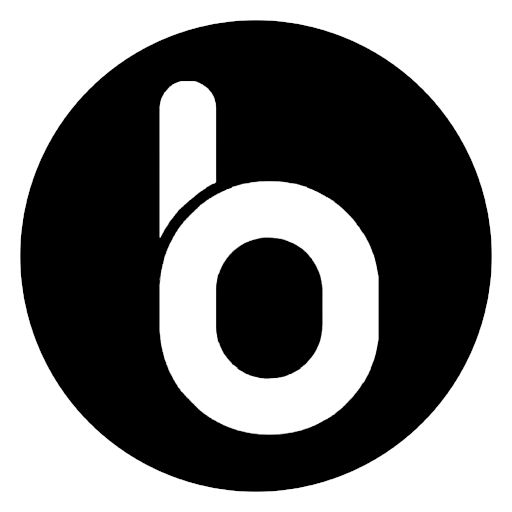The most important tips for maintaining plate gas include the use of proper dishes, daily cleaning, prevention of burners, periodic checking and connections, correct flames, scratches prevention, and maintenance of lighter and thermocouple. Observing these can increase the useful life and safety of the gas.
Page gas maintenance tips
Choosing the right containers for cooking
The use of proper containers has a great impact on plate gas performance. Pot and frying with flat, thick foam distribute heat uniformly and prevent energy loss. It is also advisable to use the appropriate size in the size for different flames. Very small or too large dishes may turn off the flame or increase gas consumption. Using non -stick and ceramic containers is also a good option, but be careful not to scratch the gas on the gas plate.
Daily cleaning of gas surface
To prevent stains and hard masses, it is best to clean the surface of the plate gas daily. After each cooking, wipe the gas surface using a soft napkin and some dishwashing liquid. If the fat remains, use a mixture of baking soda and water. Never use a dishwasher or coarse scotch to clean, as it may damage the glass surface or stainless steel.
Prevent the blockage of the torch holes
One of the common problems in plate gas is the blockage of torch holes due to the remaining food and fat. This reduces the power of the flame and consumes more gas. To prevent this problem, separate the burners regularly and rinse with warm water and dishwashing liquid. If the torch holes are blocked, you can use a thin toothpick or needle to clean them, but be careful not to damage the torch.
Periodic checking of hose and gas fittings
To maintain safety and prevent gas leakage, you should regularly check the hose and gas joints. Make sure the gas hose does not have a crack or rupture and is correctly attached to the gas valve. You can check the connection site using the soap floor. If the bubble is created, there is a gas leak and you must quickly remove it. The use of standard hose and replacement prevents potential risks every few years.
The correct use of the flames
Each plate gas flame is designed for one type of use. Large flames are suitable for boiling water and cooking bulky foods, while small flames are used to warm or fry compact foods. Improper use of flames can waste energy and reduce gas efficiency. It is also advisable to use a suitable flame of the size of the container when cooking to prevent fat accumulation on the gas plate.
Preventing a line and scratching on the gas surface
Plate gases are usually made of glass, steel or ceramic that require special care. Avoid heavy containers on the gas surface to prevent scratches. Also, use soft fabrics and gentle detergents when cleaning. The use of strong chemical solutions may damage the surface of the gas. If your gas is a glass, use a special glass cleaner to keep the surface shiny and stainless.
Cleaning of cast iron networks
Cast iron networks on the torches are mass -masked over time due to exposure to heat and fat. You can use warm water and detergent to clean them. If there are hard fats, the combination of baking soda and white vinegar is effective. Note that cast iron is sensitive to impact, so avoid throwing it in the sink. Also, to prevent rust, after washing, dry it thoroughly.
Set the correct flames
If your gas flames burn yellow or orange, it indicates incomplete combustion and difficulty in adjusting the torch. Standard flames should be blue and uniform. To adjust the flames, first check the gas nozzles and clean them if needed. In some cases, the problem is gas pressure or factory settings that require a technician. The use of inferior gases or sediment in the gas ducts can also change the color of the flames.
Prevent the overheating of the gas plate
Excessive heat can damage the plate gas level and reduce its lifespan. It is best to avoid placing heavy pots for a long time when cooking. Also, if your gas is of glass type, be careful that sudden temperature changes do not crack it. To increase safety, use a flame or protective base for heavy containers.
Using standard lighter and thermocouple
Lighters and thermocouples are important parts in the gases that, in the event of a failure, cause problems such as not turning on or off the flame suddenly. Avoid tap or pour fluids on them to maintain the performance of these components. If you see problems such as the flame late or sudden shutdown, check that the thermocouple is clean and healthy. If the problem is not resolved, you may need to replace the piece, which is best done by an experienced technician.
Source Link

